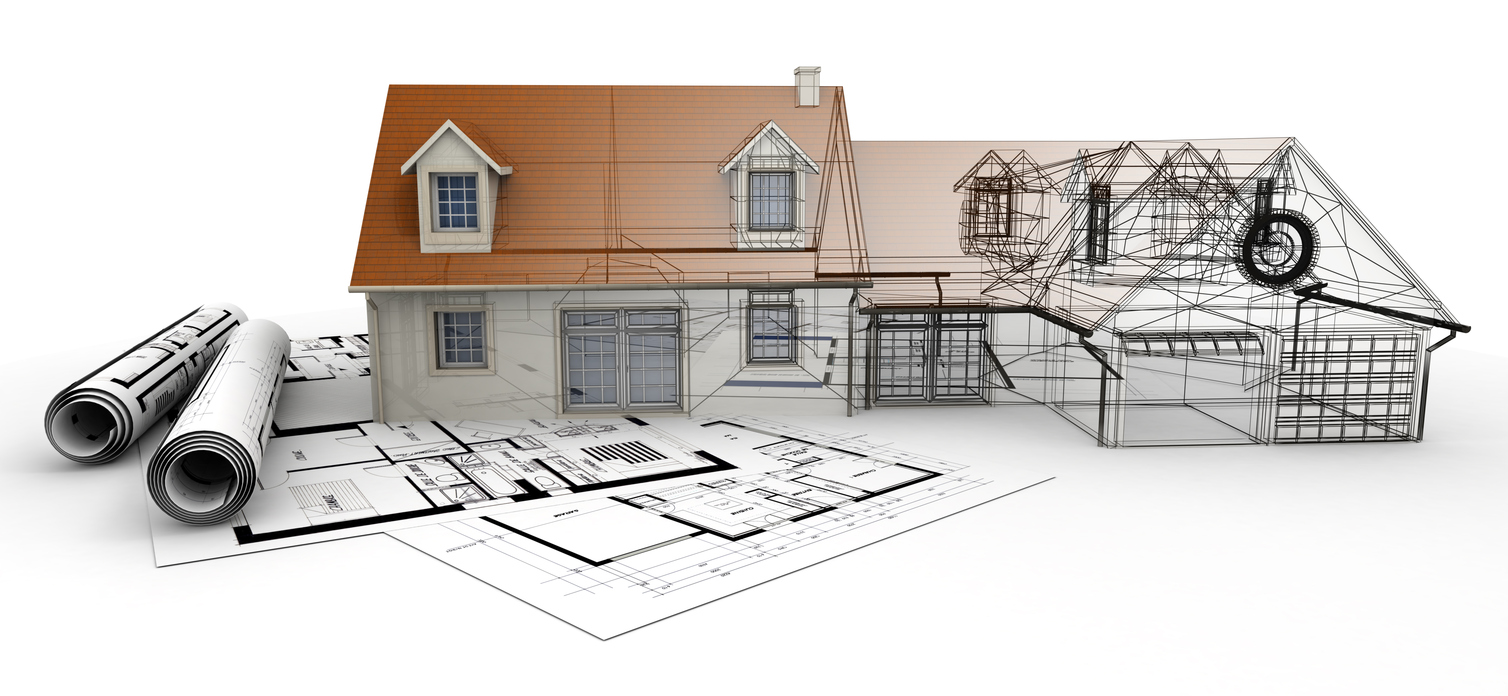What Are Prototypes?
A prototype is a preliminary model or sample version of a product that a company uses to test and evaluate a concept or design.
Software developers define prototype for demonstrating the functionality and design of a proposed software application. Doing so allows developers and stakeholders to understand how the final product will look and behave.
Prototypes can range from low-fidelity paper sketches to high-fidelity digital simulations.
In the product development process, prototyping is necessary. It allows designers and developers to test and refine ideas before committing to a full-scale development effort.
By creating prototypes, you can identify potential problems and address them early on. This saves time and resources in the long run.
Prototyping lets designers and stakeholders gather feedback and make informed decisions about the project’s direction.
Example of Prototype
One example of a prototype is a wireframe. A wireframe is a low-fidelity visual representation of the structure and layout of a website or application. It typically consists of simple shapes and lines to represent the various elements of a page, such as:
- A header
- A Footer
- The navigation menu
- Content area
The purpose of a wireframe is to provide a clear, basic understanding of the layout and organization of a digital product without getting into the details of design or content.
Teams use wireframes early in the design process to test and refine a product’s overall structure and layout. They help designers and stakeholders to identify potential usability issues and make decisions about the placement of key elements.
Wireframes also provide a common starting point for discussions about a project’s functionality and overall vision. Again this allows everyone to be on the same page from the beginning.
In this way, wireframes serve as a valuable prototype for digital products, helping to define the basic structure and layout before moving on to more detailed design and development.
What Are the Type of Prototypes?
There are several types of prototypes, including:
Low-fidelity Prototypes
These are simple and quick representations of a product, often created using paper or essential digital tools. Teams use low-fidelity prototypes early in the design process to test initial concepts and get feedback.
High-fidelity Prototypes
These are more detailed and polished prototypes that closely resemble the final product.
Uses of this prototype are in the design process to test and refine specific aspects of a product, such as its user interface or particular articulations.
Interactive Prototypes
These prototypes allow users to interact with the product, simulating its behavior and functionality. Companies use interactive prototypes to test user flows and overall user experience.
Functional Prototypes
These prototypes are functional representations of a product that improve performance and stability. Companies create them using the same materials and technologies as the final product. You can use them to validate the viability of a product before it goes into total production.
Vertical Prototypes
These prototypes focus on specific, individual aspects of a product, such as its user interface, navigation, or interactions.
You can use vertical prototypes to test and refine these specific areas while ignoring other aspects of the product.
Horizontal Prototypes
These prototypes comprehensively represent a product, covering all its aspects and components. You can use these prototypes to test a product’s overall concept and design and provide a complete understanding of its intended behavior.
When To Use Each of the Types of Prototypes?
Each type of prototype is best suited for different stages of the design process and testing specific aspects of a product. Here are some examples of when to use each type of prototype:
- Low-fidelity prototypes: You can best use low-fidelity prototypes early in the design process when exploring initial concepts and getting a general understanding of the overall design.
For example, a designer might create a series of low-fidelity sketches or wireframes to test the placement of elements on a webpage or the flow of a mobile application. - High-fidelity prototypes: You can use these prototypes later in the design process. Use it at a time when you have a clear idea of the overall design and want to test specific aspects of the product, such as the user interface or interactions.
For example, a designer might create a high-fidelity prototype of a mobile app to test the look and feel of the app or to see how the app behaves when a user interacts with it. - You can best use the interactive prototypes to test user flows and overall user experience.
For example, a designer might create an interactive prototype of a website to see how a user navigates through the site. They can also use it to test the behavior of specific interactions, such as hover effects or animations. - Functional prototypes: Companies use functional prototypes to validate the viability of a product before it goes into total production.
For example, a software engineer might create a functional prototype of a web application to test the performance and stability of the app. They can also use it to identify potential problems before they become significant. - You may use vertical prototypes to test specific, individual aspects of a product.
For example, a designer might create a vertical prototype to test the user interface of a mobile app or to see how the app’s navigation works. - The best use of horizontal prototypes is to test a product’s overall concept and design.
For example, a designer might create a horizontal prototype to see how all the pieces of a product fit together and comprehensively understand the product’s intended behavior.
Why Are Prototypes Important?
Prototypes are essential for several reasons:
Early Feedback:
Prototyping allows designers and developers to get feedback on their ideas and designs early in the process before investing significant time and resources in the final product. This feedback can help to identify potential problems and refine the overall vision for the product.
Improved Collaboration
Prototyping helps to bring different stakeholders together and ensures that everyone is on the same page regarding the design and functionality of a product. This improves collaboration and reduces the likelihood of misunderstandings and miscommunications.
Reduced Risk
By testing and refining a product through prototypes, designers and developers can identify potential problems and make changes before they become costly or time-consuming. This helps to reduce the overall risk associated with the product development process.
Cost Savings
Prototyping can save time and money in the long run by identifying and fixing problems early on before they become more difficult or expensive to resolve.
As for an example of a company that failed due to lack of prototyping, one well-known example is the release of the smartphone BlackBerry PlayBook by BlackBerry (formerly Research In Motion).
The company needed to create a prototype or perform sufficient user testing before launching the device.
As a result, it received a lukewarm reception from customers and poor reviews from technology experts.
The lack of attention to detail and the failure to test the product thoroughly resulted in several usability issues. The issues included poor battery life and a lack of key features like email and calendar functionality. This ultimately contributed to the decline of BlackBerry’s dominance in the smartphone market.
Also Read Interesting Articles At: Render Knowledge.



